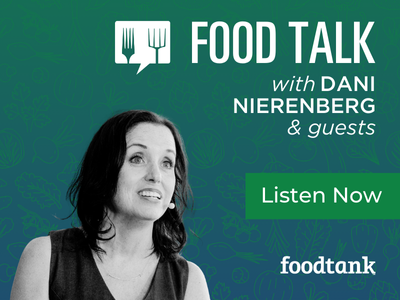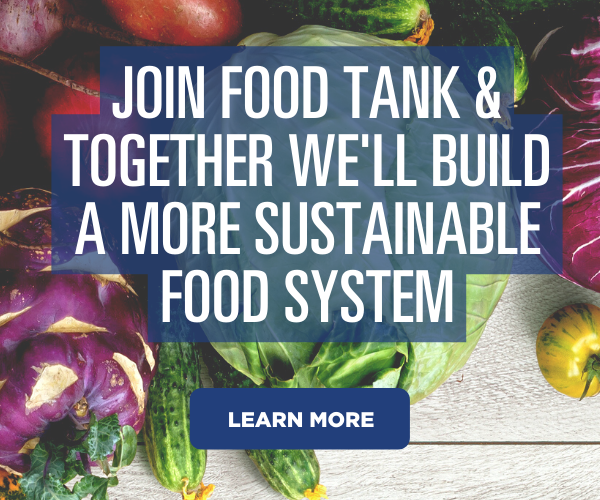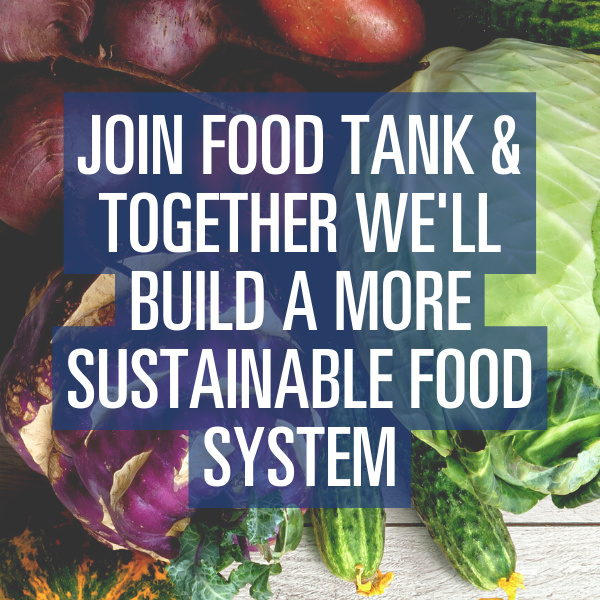Do you want more stories like this to land straight in your inbox? Subscribe to Food Tank’s newsletter, released weekly on Thursdays, by clicking here.
Over the past few years, Food Tank has been working to pay closer attention to blue foods—aquaculture, fisheries, aquatic plants, and seaweed.
Marine and freshwater food systems support the livelihoods of roughly 800 million people worldwide, according to the Blue Food Assessment. And these foods provide essential nutrients to more than 3 billion eaters, the U.N. Food and Agriculture Organization reports.
“To understand that a fish farm reflects the same values as a land farm…we begin to see ourselves in that,” author, chef and blue foods advocate Barton Seaver tells Food Tank. That allows eaters to see a fishery or fish farm as “the sum of the labors and aspirations of a community.”
But these aquatic ecosystems are facing significant stress, with a study in Nature Sustainability showing that more than 90 percent of blue food production is at risk due to environmental changes. This is true across the globe, but major producers across Asia and the United States are up against some of the greatest threats.
Fortunately from storytellers like the team at Fed By Blue—behind the docuseries “Hope in the Water”—to nonprofit leaders like Imani Black of Minorities in Aquaculture, there are advocates working to make blue food systems more resilient to future shocks and more inclusive.
Learn more about these champions of blue food systems in a new piece on Forbes by clicking HERE.
Articles like the one you just read are made possible through the generosity of Food Tank members. Can we please count on you to be part of our growing movement? Become a member today by clicking here.
Photo courtesy of Fredrik Ohlander






